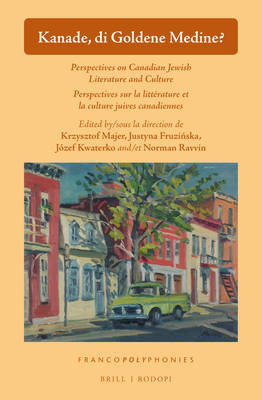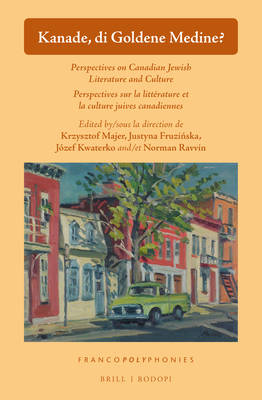
- Afhalen na 1 uur in een winkel met voorraad
- Gratis thuislevering in België vanaf € 30
- Ruim aanbod met 7 miljoen producten
- Afhalen na 1 uur in een winkel met voorraad
- Gratis thuislevering in België vanaf € 30
- Ruim aanbod met 7 miljoen producten
Zoeken
Omschrijving
This volume examines the culture of Canadian Jews, with particular attention to their European roots. The essays address Yiddish literature, writings of authors working in French and English, as well as contemporary Jewish life.
Cet ouvrage collectif examine la culture des juifs canadiens, originaires de l'Europe de l'Est. Les essais portent sur la littérature yiddish, l'écriture des juifs de langue française et anglaise ainsi que la vie juive contemporaine au Canada.
Cet ouvrage collectif examine la culture des juifs canadiens, originaires de l'Europe de l'Est. Les essais portent sur la littérature yiddish, l'écriture des juifs de langue française et anglaise ainsi que la vie juive contemporaine au Canada.
Specificaties
Betrokkenen
- Uitgeverij:
Inhoud
- Aantal bladzijden:
- 380
- Taal:
- Engels
- Reeks:
- Reeksnummer:
- nr. 25
Eigenschappen
- Productcode (EAN):
- 9789004379404
- Verschijningsdatum:
- 25/10/2018
- Uitvoering:
- Hardcover
- Formaat:
- Genaaid
- Afmetingen:
- 160 mm x 236 mm
- Gewicht:
- 703 g

Alleen bij Standaard Boekhandel
+ 446 punten op je klantenkaart van Standaard Boekhandel
Beoordelingen
We publiceren alleen reviews die voldoen aan de voorwaarden voor reviews. Bekijk onze voorwaarden voor reviews.







